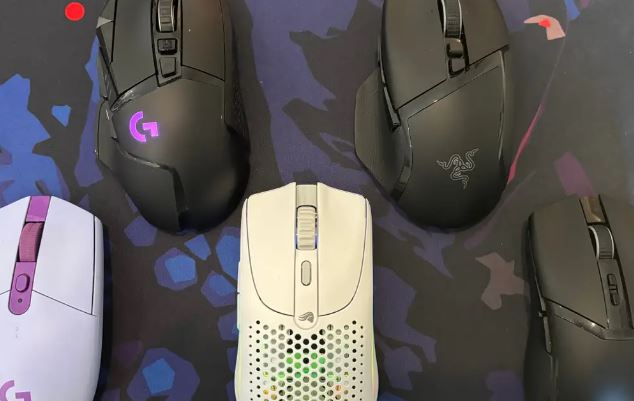When shopping for a new computer mouse, you've likely noticed there is a wide range in prices. You can find basic models for under $10, while high-end gaming mice can cost over $150. But is it really worth spending more on a mouse, or are you just paying for unnecessary bells and whistles? In this article, we'll explore the features and benefits of expensive mice to help you determine if the added cost is justified for your needs.

Sensor Technology
One of the key components that separates inexpensive mice from premium models is the sensor. Basic optical sensors tend to have low maximum CPI (counts per inch) settings and can experience issues like acceleration or angle snapping. Conversely, high-end mice almost always use an optical sensor with a native CPI range upwards of 16,000.
Higher CPI allows for greater precision when making small on-screen movements. It also means the cursor can travel farther across the screen with less physical movement of the mouse, which improves control. Many competitive gamers prefer the consistency and accuracy of a top-tier sensor.
Some other important sensor specs include the ability to switch between multiple CPI settings on the fly, high maximum tracking speed (>200 inches/second), and low lift-off distance for fine control. High-end models tend to have significantly lower levels of built-in acceleration and angle snapping as well. If you need pixel-perfect aim or find yourself inaccurate, the investment in a strong sensor makes sense.
Customization and Programmability
Premium mice tend to offer far greater levels of customization than budget models. Some include removable weight modules, adjustable DPI buttons, interchangeable side grip covers, and even hot-swappable switches under the buttons. RGB lighting is another area where value mice lack compared to more expensive options.
But it's the programmability that really separates affordable mice. Quality gaming mice let you rebind every button, create custom macros, switch DPI on the fly, calibrate lift-off distance, and set complex lighting effects. For gamers or productivity users who need specialized button mappings for optimal workflows, this level of customizability is invaluable.
Wireless Performance
For a wireless mouse, the underlying connectivity technology matters greatly. While cheaper models tend to use basic Bluetooth, premium wireless mice often utilize high-grade 2.4GHz protocols like Logitech's Lightspeed for near-wired levels of responsiveness. This reduces input lag, makes the cursor feel more snappy and predictable, and eliminates common wireless pitfalls like signal drops or interference.
Some gaming-focused models even utilize a proprietary nano receiver that sits flush inside the mouse body when not in use. This prevents the common hassle of losing a traditional USB dongle. For gamers who want the freedom of a cable-free experience without compromising performance, investing in a top-tier wireless mouse is advisable.
Mechanical Switch Lifespan
Inside every mouse are micro switches that register clicks and translate them into digital signals. Value mice tend to use lower quality mechanical switches that may start double-clicking within months of regular use. On the other hand, premium brands employ sturdier Japanese Omron switches rated for 50 million+ clicks.
For productivity users or gamers who rely heavily on their mouse all-day, the longevity provided by high-end switches can easily justify their added cost. You don't want to be constantly replacing $20 mice when one more expensive model could last you years with reliable clicks.
Comfort and Ergonomics
One area where spending a bit extra often pays off is ergonomics. Budget mice tend to have basic designs and plastics that may not suit all hand sizes and grip styles long-term. Premium brands put greater thought into anatomical shapes, using premium memory foam, rubber side grips for better friction, and adjustable weights for balance. This investment in comfort can prevent hand fatigue over extended sessions.
For professionals who rely on precise mouse movements for over 8 hours daily, or gamers susceptible to repetitive strain issues, a mouse tuned perfectly for their hand is an sensible investment in the long run. A few extra dollars upfront ensure comfortable, healthy usage for years to come.
